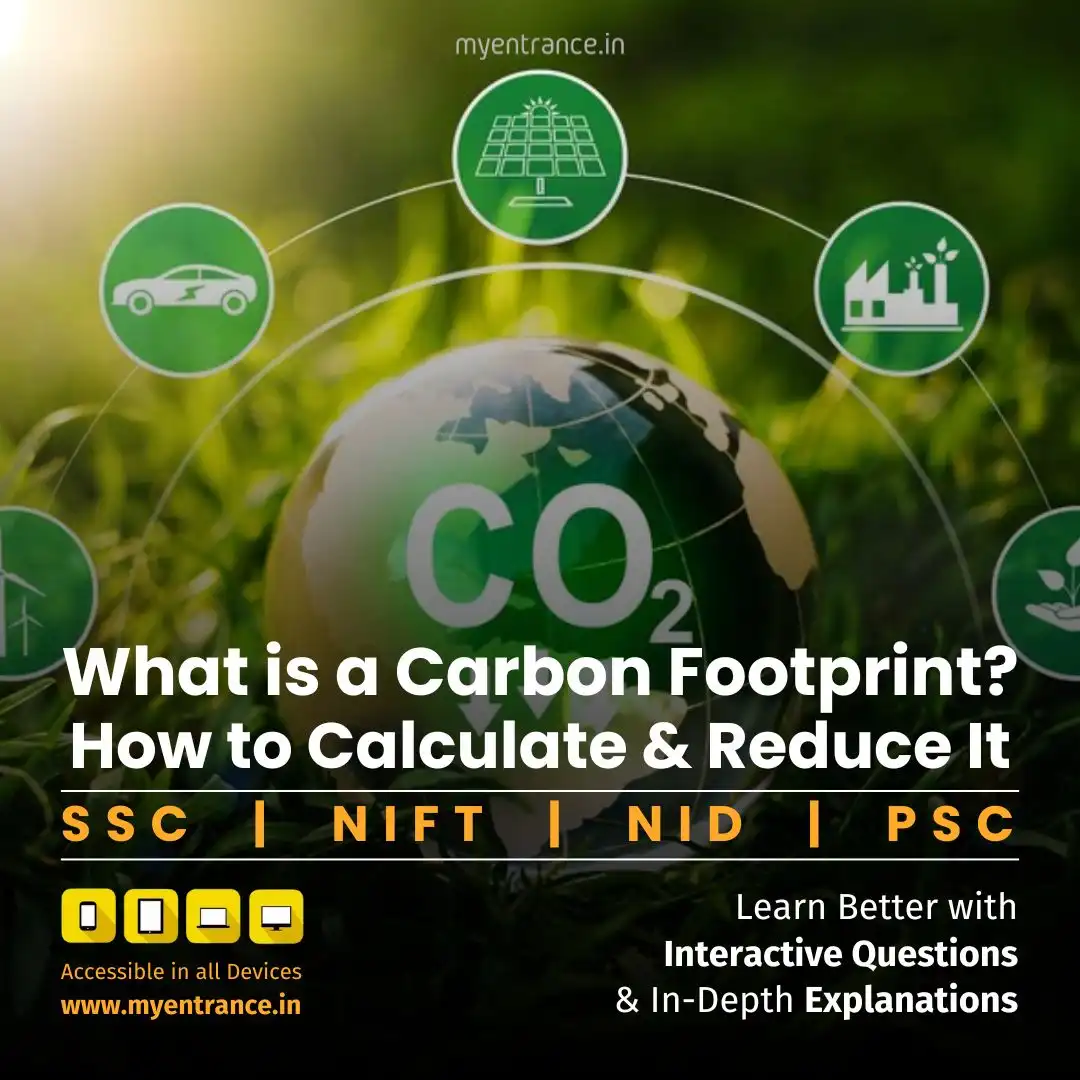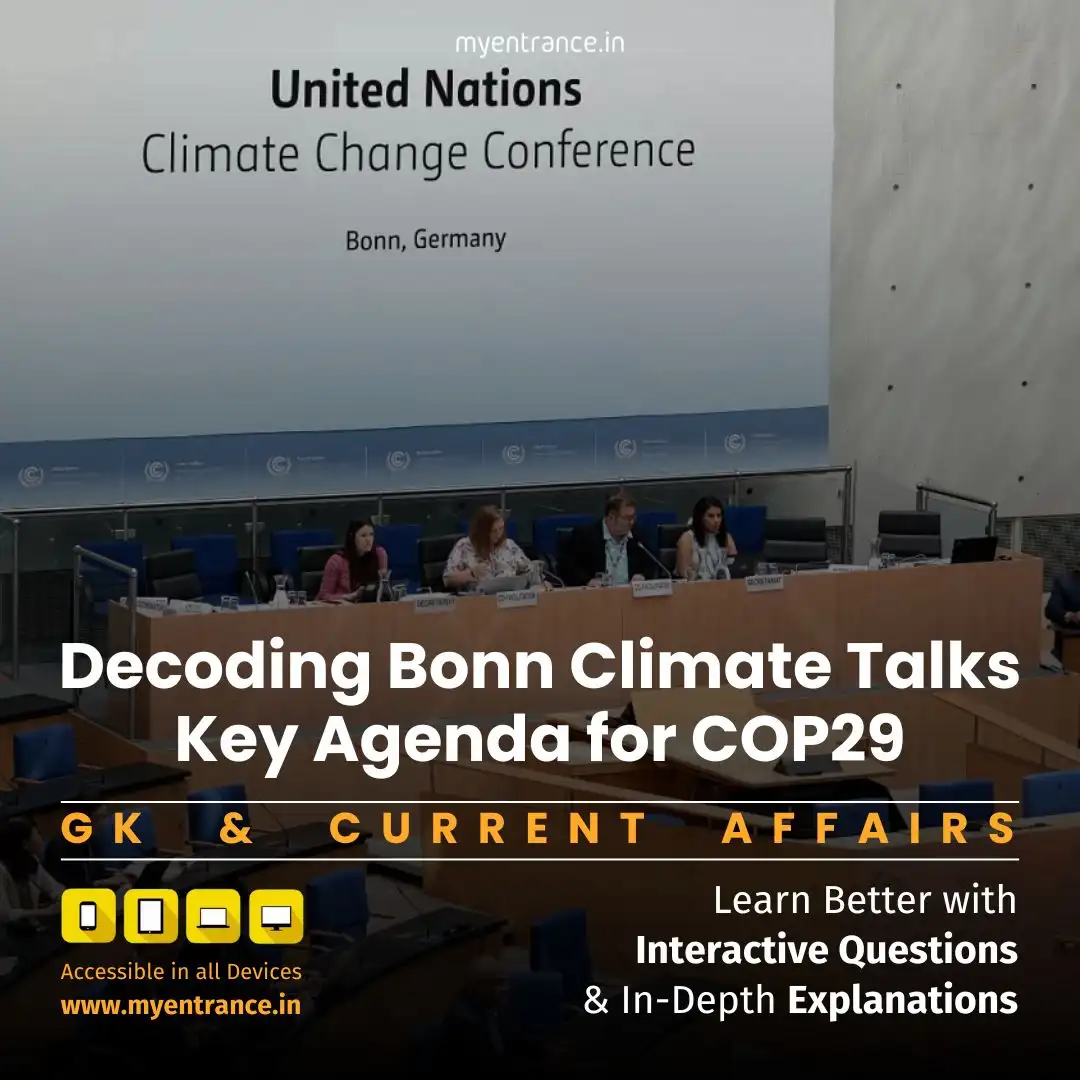Select Language
Carbon Footprint vs. Ecological Footprint: Key Differences & Importance
A carbon footprint measures the total greenhouse gas emissions caused by an individual, organization, or product, directly or indirectly. Understanding and reducing carbon footprints is crucial in combating climate change and promoting sustainability.
What is a Carbon Footprint?
A carbon footprint refers to the total amount of carbon dioxide (CO₂) and other greenhouse gases (GHGs) emitted due to human activities. These emissions come from:
Direct sources (burning fossil fuels for transportation, heating, manufacturing)
Indirect sources (electricity consumption, food production, and goods transportation)
Unlike national emissions reports, carbon footprints focus on consumption-based emissions, including imported goods and international shipping.
Carbon Footprint vs. Ecological Footprint
Ecological Footprint: Measures the total land and water area needed to sustain a population or activity (introduced by William Rees and Mathis Wackernagel).
Carbon Footprint: Specifically tracks GHG emissions, usually measured in tons of CO₂ per year.
How is Carbon Footprint Calculated?
Carbon footprints vary by country and lifestyle. Key factors include:
Energy consumption (electricity, heating, transportation)
Diet (meat production emits more GHGs than plant-based foods)
Goods and services (manufacturing, shipping, and waste)
Global Carbon Footprint Comparison
United States: ~20.6 metric tons per person (one of the highest)
France: ~6 metric tons per person
Brazil: ~1.8 metric tons per person
Tanzania: ~0.1 metric ton per person
Developed nations have larger footprints due to higher energy use, transportation, and consumption.
Primary vs. Secondary Carbon Footprint
Primary Footprint: Direct emissions from fossil fuel use (e.g., driving, heating).
Secondary Footprint: Indirect emissions from product lifecycle (e.g., food, electronics, clothing).
Carbon Footprint Calculation Tools
Several organizations provide carbon calculators, including:
Greenhouse Gas Protocol (GHG Protocol)
ISO 14064 (International Standard for GHG emissions)
EPA Carbon Footprint Calculator
How to Reduce Your Carbon Footprint
1. Energy Efficiency
Switch to LED lighting and energy-efficient appliances.
Use renewable energy (solar, wind power).
Improve home insulation to reduce heating/cooling needs.
2. Sustainable Transportation
Use public transport, cycling, or walking instead of driving.
Opt for electric or hybrid vehicles.
Reduce air travel when possible.
3. Eco-Friendly Diet Choices
Eat less meat (especially beef, which has a high carbon footprint).
Choose locally sourced and seasonal foods to reduce transportation emissions.
4. Responsible Consumption
Buy second-hand or sustainable products.
Reduce plastic use (e.g., carry reusable bottles and bags).
Recycle and compost to minimize waste.
5. Carbon Offsetting
Invest in carbon offset programs (tree planting, renewable energy projects).
Support businesses committed to carbon neutrality.
Sample Questions & Answers
1. What is a carbon footprint?
Answer: A carbon footprint measures the total greenhouse gas emissions caused by an individual, organization, or product, including CO₂ from energy use, transportation, and production of goods.
2. How does a carbon footprint differ from an ecological footprint?
Answer: A carbon footprint focuses only on GHG emissions, while an ecological footprint measures the total land and resources needed to sustain a population.
3. Which country has the highest per capita carbon footprint?
Answer: The United States has one of the highest per capita carbon footprints at around 20.6 metric tons per person.
4. What are some ways to reduce your carbon footprint?
Answer: Using public transport, eating less meat, switching to renewable energy, and reducing plastic waste are effective strategies.
5. What is a carbon offset?
Answer: A carbon offset is an investment in environmental projects (like reforestation) to compensate for one’s carbon emissions.
Most Predicted Questions
Comprehensive study materials, Expert-guided tips & tricks, Mock tests and instant results.
Start your SSC, NIFT, NID, FDDI, PSC journey today with MyEntrance, your ultimate online coaching platform.








